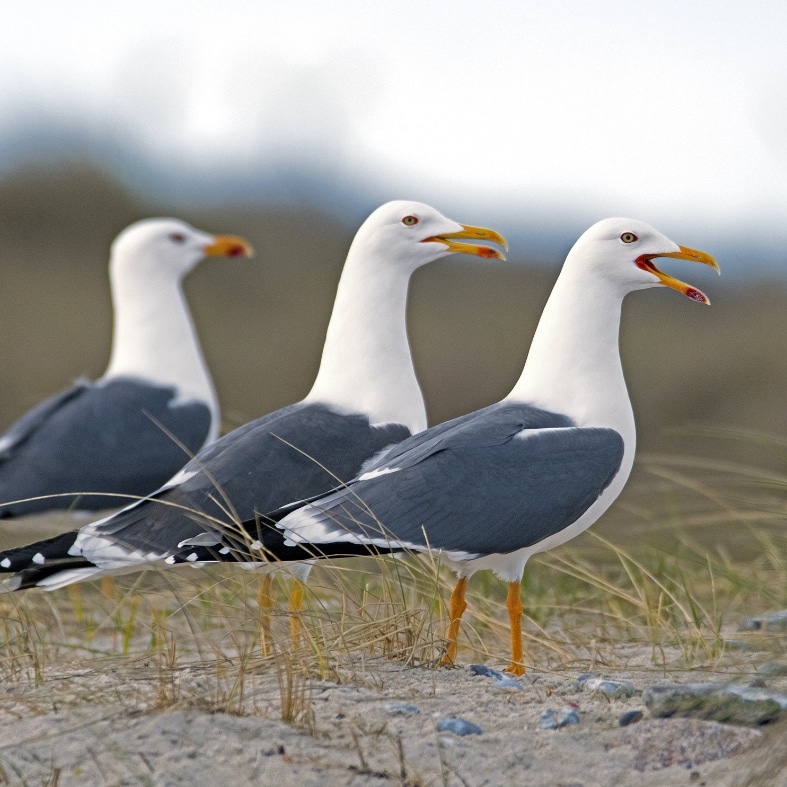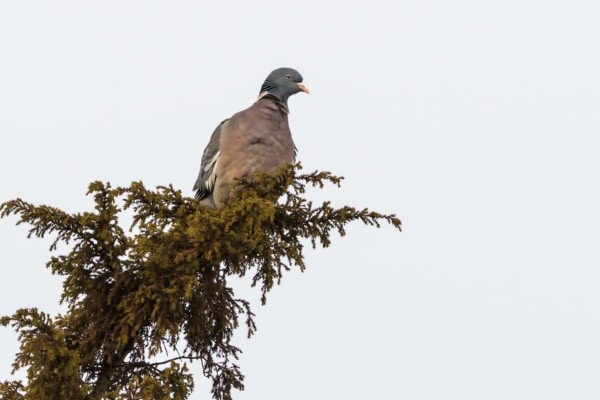
Wales
Find out about how to apply to Natural Resources Wales for a licence to control wild birds for purposes listed in section 16 of the Wildlife and Countryside Act 1981.
Get information on the legal shooting season for mammals and birds in the UK.
Apply for funding for your project or make a donation today
Comprehensive information and advice from our specialist firearms team.
Everything you need to know about shotgun, rifle and airgun ammunition.
Find our up-to-date information, advice and links to government resources.
Everything you need to know on firearms law and licensing.
All the latest news and advice on general licences and how they affect you.


Home » General licences » Individual licences for wildlife management » England
In England, if you need to control a species which is not covered by the general licences you must apply for licence A08- to kill, take or disturb wild birds to prevent disease or agricultural damage or licence A09- to kill, take or disturb wild birds for conservation or public health and safety.
As part of the application process you will be required to complete Natural England’s pre-screening process.
Natural England will only issue you with a licence if you can show that:
If your application does not meet all these criteria, Natural England will reject your application.
During pre-screening you will be asked why you need to apply for a licence and will be given the following options:
Then you will be asked which species you need to control and the number of wild birds you expect to control per species. You are then asked to explain the need for your licence, for example the species you need to conserve. You will need to provide evidence that your need for a licence is valid and that all non-lethal alternative methods to control the birds have failed, especially those mentioned in wildlife management advice notice: legal measures for managing wild birds (WML-GU01).
Natural England will email you within 10 working days on receiving your screening form and will advise whether they are likely to grant you the required licence. They will also send a screening reference number and the application form.
License A08 and A09 are free.
The response time following the screening process is 10 working days, then 30 working days to respond to an application with a decision.
Your local BASC regional office.
In certain specific circumstances, the Wildlife and Countryside Act 1981 provides a defence to killing or taking of a wild bird other than a bird included in Schedule 1, if a person carrying out such actions can show such action was necessary for the purpose of: preserving public health or public or air safety, preventing the spread of disease; or preventing serious damage to livestock, foodstuffs for livestock, crops, vegetables, fruit, growing timber, fisheries or inland waters and that there was no other satisfactory solution.
However, there are some reasons that the defence cannot be relied on. These include if a licence under section 16 of the Wildlife and Countryside Act 1981 had not been applied for as soon as reasonably practical or if a licence application has been determined.
As part of the defence, you need to have notified the agricultural Minister as soon as possible after taking the action. The current agricultural Minister is Rt Hon Mark Spencer MP.
This defence is not available for certain species of birds – see Schedule 1 WCA 1981
To contact Natural England wildlife@naturalengland.org.uk or enquiries@naturalengland.org.uk.

Find out about how to apply to Natural Resources Wales for a licence to control wild birds for purposes listed in section 16 of the Wildlife and Countryside Act 1981.

In Scotland, NatureScot can grant licences to control wild birds to prevent serious damage to crops, livestock and fisheries.

All the latest news and advice concerning general licences, in England, and how they affect you.
Sign up to our weekly newsletter and get all the latest updates straight to your inbox.
© 2025 British Association for Shooting and Conservation. Registered Office: Marford Mill, Rossett, Wrexham, LL12 0HL – Registered Society No: 28488R. BASC is a trading name of the British Association for Shooting and Conservation Limited which is authorised and regulated by the Financial Conduct Authority (FCA) under firm reference number 311937.
BASC Direct Ltd is an Introducer Appointed Representative of Agria Pet Insurance Ltd who administer the insurance and is authorised and regulated by the Financial Conduct Authority, Financial Services Register Number 496160. Agria Pet Insurance is registered and incorporated in England and Wales with registered number 04258783. Registered office: First Floor, Blue Leanie, Walton Street, Aylesbury, Buckinghamshire, HP21 7QW. Agria insurance policies are underwritten by Agria Försäkring.
If you have any questions or complaints about your BASC membership insurance cover, please email us. More information about resolving complaints can be found on the FCA website or on the EU ODR platform.